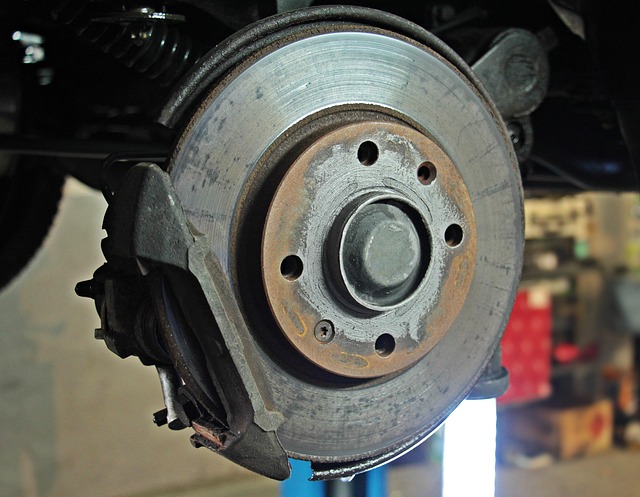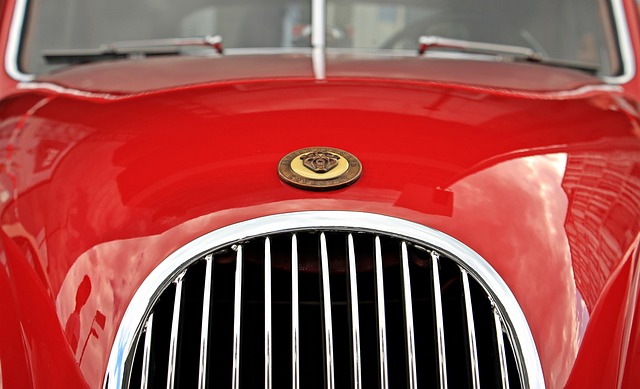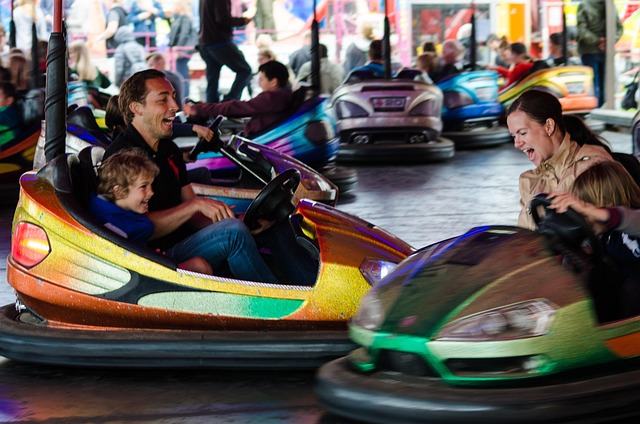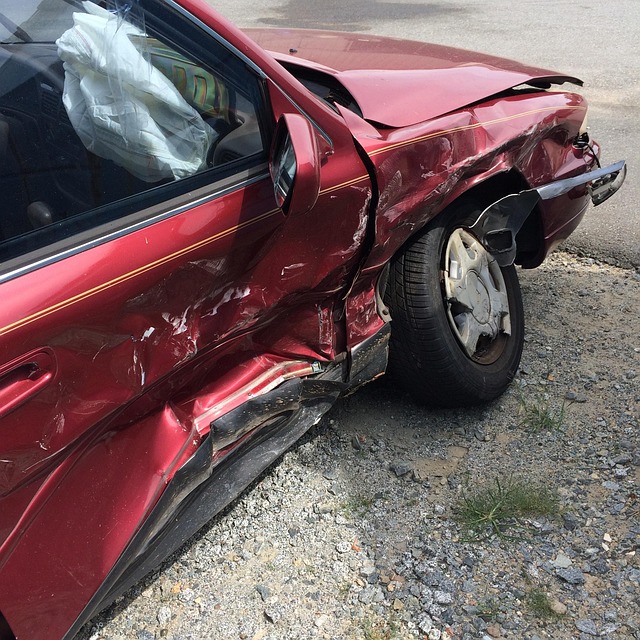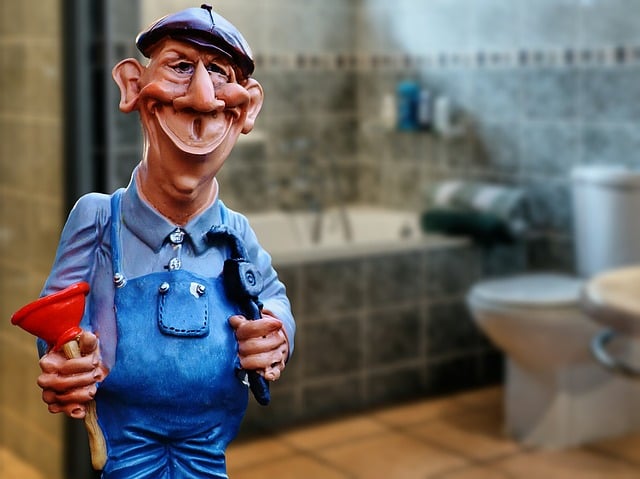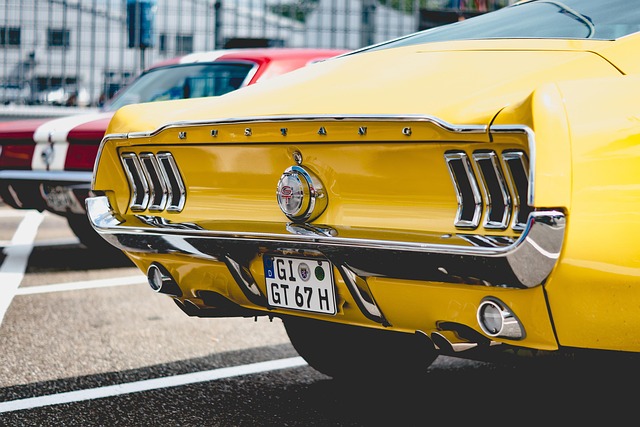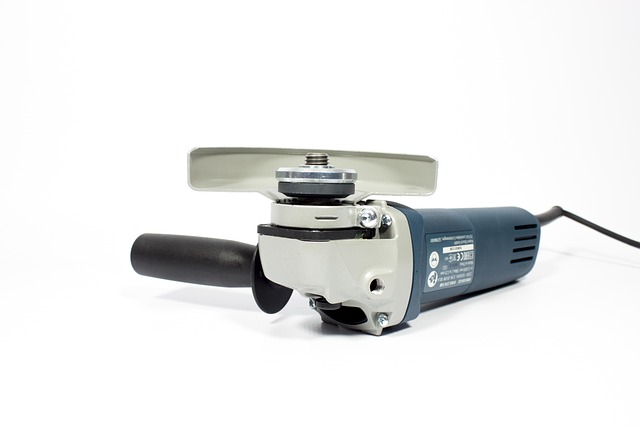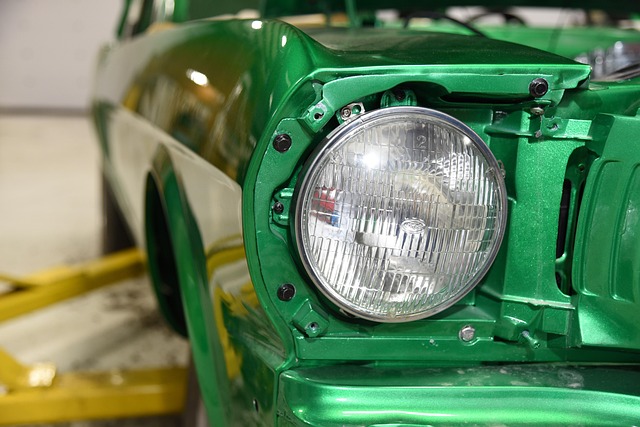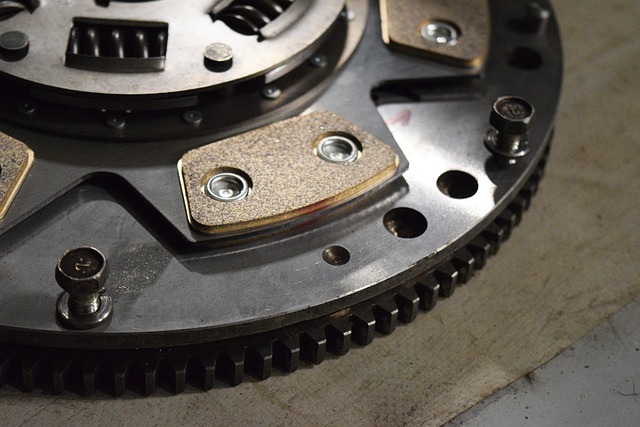Mercedes glass sensor calibration is crucial after windshield replacement to ensure optimal performance of advanced safety systems, including airbag deployment and ADAS features like lane-keeping assist and collision avoidance. This process involves initializing the vehicle's systems, using an OBD-II scanner, testing sensors under various conditions, addressing minor damage, and maintaining proper environmental conditions. It's recommended to trust a reputable auto collision center specializing in Mercedes services for this delicate task to guarantee your vehicle's safety systems function seamlessly.
After replacing a windshield, proper Mercedes glass sensor calibration is crucial for optimal vehicle performance. This article delves into the intricacies of Mercedes glass sensor calibration, highlighting its importance and impact during windshields replacements. We’ll guide you through the steps involved in achieving accurate post-replacement calibration, ensuring your Mercedes’ advanced safety features function seamlessly and effectively.
- Understanding Mercedes Glass Sensor Calibration
- The Windshield Replacement Process and Sensor Impact
- Steps for Accurate Post-Replacement Calibration
Understanding Mercedes Glass Sensor Calibration

Mercedes glass sensor calibration is a critical process that ensures your vehicle’s advanced safety systems function optimally after a windshield replacement. These sensors, integrated into modern car windshields, are designed to detect side impact accidents and deploy airbags accordingly. During a collision, precise calibration ensures the system responds accurately, maximizing passenger safety.
Ignoring proper calibration can lead to potential hazards, as misaligned sensors may fail to activate or, worse, deploy airbags incorrectly. A reputable auto collision center specializing in Mercedes auto body services will handle this delicate task using specialized equipment, ensuring your vehicle’s safety systems are back up and running seamlessly after any windshield replacement.
The Windshield Replacement Process and Sensor Impact

The process of replacing a Mercedes windshield involves precise cutting, fitting, and sealing to ensure structural integrity and optimal visibility. During this procedure, auto body repair experts carefully remove the old windshield, clean the frame, and install a new one, adhering to strict manufacturing standards. This meticulous approach is crucial for maintaining the vehicle’s safety features, including its sophisticated sensor systems.
One such vital component is the Mercedes glass sensor calibration, which plays a significant role in modern vehicles’ advanced driver-assistance systems (ADAS). These sensors detect and analyze critical data from the windshield and surrounding areas, enabling features like lane-keeping assist, adaptive cruise control, and collision avoidance. Any disruption or misalignment during the windshield replacement process could impact these sensors’ performance, requiring subsequent calibration to ensure accurate readings and optimal vehicle repair.
Steps for Accurate Post-Replacement Calibration
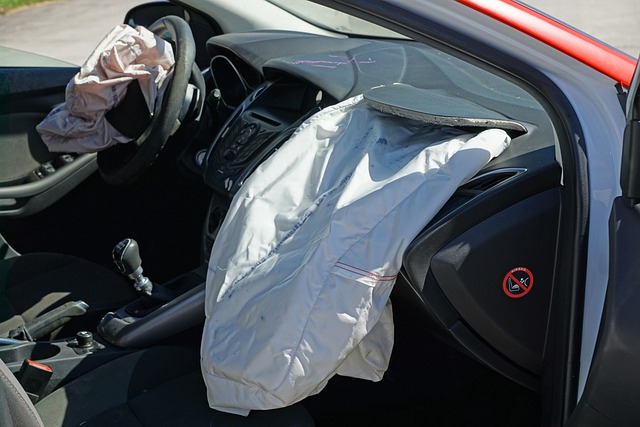
After a windshield replacement, calibrating the Mercedes glass sensor is crucial for ensuring optimal safety and performance. Begin by powering on the vehicle and allowing all systems to initialize fully. Next, access the car’s diagnostic interface using a compatible OBD-II scanner. Initiate the calibration process by following the on-screen instructions or consulting the vehicle’s manual. This involves testing each sensor individually, simulating various conditions to ensure precise readings.
For accurate results, ensure the vehicle is parked on a level surface and all windows are closed tightly. Avoid any external factors that might interfere with sensor performance, such as direct sunlight or strong winds. If needed, use a car scratch repair kit or auto frame repair services to address any minor damage around the sensor area before calibration. This step will prevent inaccurate readings caused by physical obstructions or imperfections.
After windshield replacement, calibrating the Mercedes glass sensor is crucial to ensure optimal vehicle performance. The process involves careful adjustments to compensate for any disruption caused during installation, maintaining the car’s advanced safety features’ accuracy. By following precise steps outlined in this article, you can achieve accurate post-replacement calibration, enhancing your Mercedes’ overall safety and reliability on the road.

